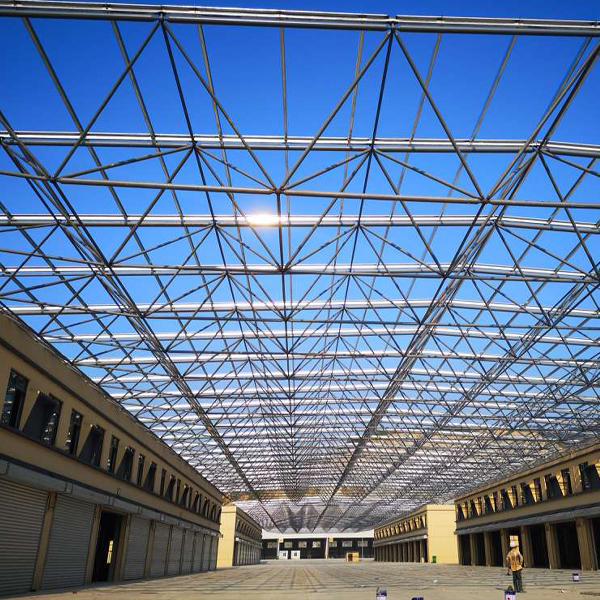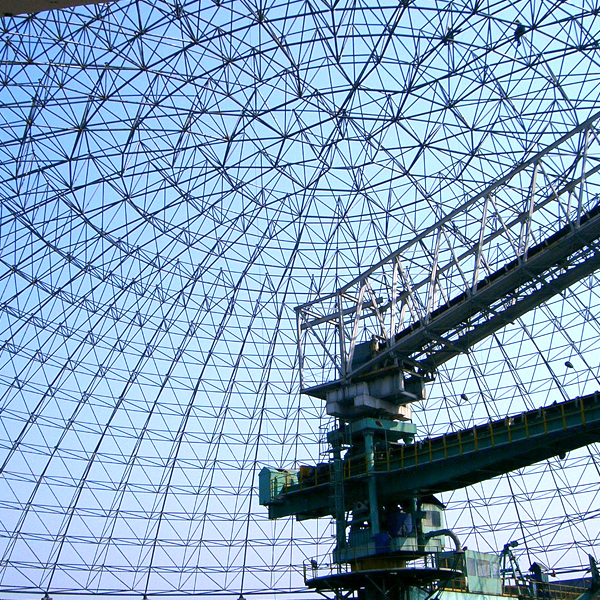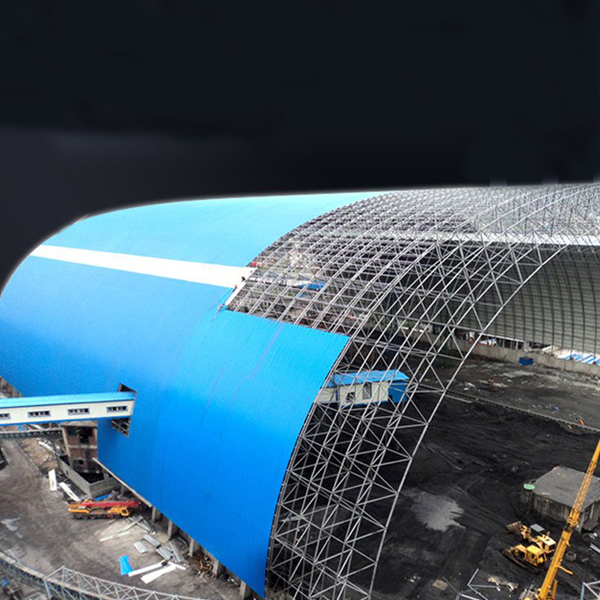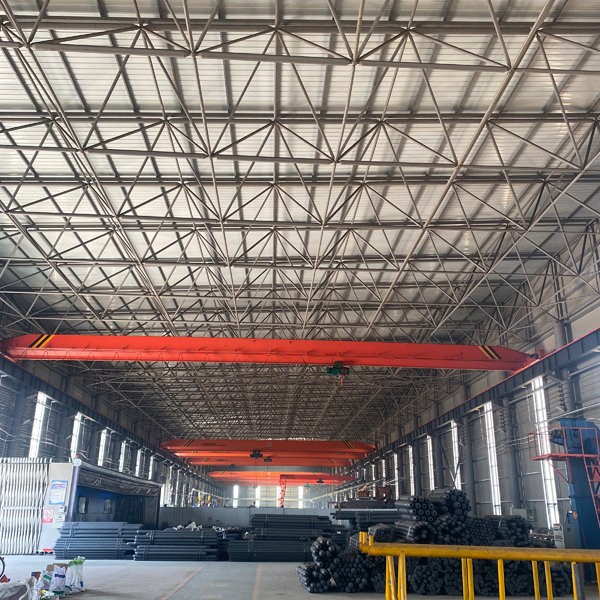How often should a space frame structure be inspected?
The frequency of inspection for a space frame structure depends
on several factors, including its age, location, usage, and
environmental conditions. Generally, the following guidelines can be
followed:
New Structures:
For newly
constructed space frame structures, an initial inspection should be
conducted shortly after completion to ensure proper installation and
identify any potential issues.
Follow-up inspections may be scheduled within the first year to monitor for any settling or movement.
Regularly Used Structures:
In
normal circumstances, a comprehensive inspection of a space frame
structure should be performed at least once every 1 to 3 years. This
inspection should include a visual examination of the entire structure,
checking for signs of damage, corrosion, or wear.
If the
structure is located in an area with harsh environmental conditions
(e.g., near the coast, in an industrial area with high pollution), more
frequent inspections may be necessary, perhaps every 6 months to a year.
Highly Critical Structures:
For
space frame structures that are critical to public safety or have high
usage levels (such as stadium roofs or airport terminals), inspections
may need to be more frequent. In some cases, inspections could be
scheduled every few months or even on a continuous monitoring basis
using sensors and automated systems.
After Extreme Events:
Following
an extreme weather event (such as a hurricane, earthquake, or heavy
snowstorm), a detailed inspection of the space frame structure should be
conducted as soon as possible to assess any damage and determine if
repairs are needed.
It's important to note that these are general
guidelines, and the specific inspection frequency should be determined
by a qualified structural engineer or inspector based on a thorough
assessment of the individual structure and its circumstances.
 How are space frame structures
How are space frame structures
 How often should a space frame
How often should a space frame
 What are the advantages of a s
What are the advantages of a s
 How does a space frame compare
How does a space frame compare

